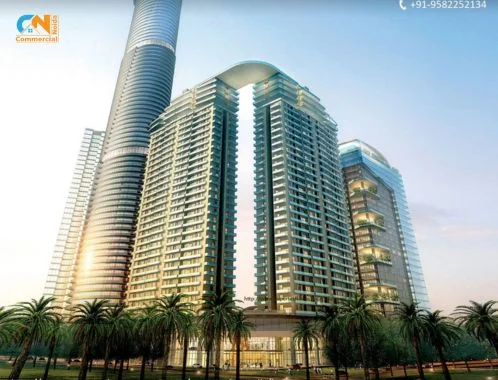Can Indian Government acquire all private property? Know Your Rights!

Does Indian Government Have the Authority To Aquire Any Private Property For Public Development Works?
A recent ruling by the Supreme Court of India has changed how we understand property rights, especially the relationship between private property and the government. Let’s break it down to make it easier to understand.
Case Overview
The Supreme Court of India decided on private property and whether the government could take it over for the "common good" of the people. The case was about Article 39(b) of the Constitution, which says that the government should ensure that resources (like land, buildings, etc.) are distributed to benefit everyone.
Article 39(b) says: "The ownership and control of material resources of the community are so distributed as best to subserve the common good." This means the government can decide how resources are used for the benefit of society, but not all private property can be taken away for this purpose.
What did the Supreme Court say?
The Supreme Court, in a landmark 9-judge bench decision, ruled that not all private property is meant to be taken over by the government under Article 39(b).
Only some private resources can be considered part of the "material resources of the community" and be redistributed for the common good. The Court said it is wrong to think that the state can take all private property for redistribution.
Why did the Court make this decision?
The Court looked at past rulings and decided they were too broad to say that the state could take over all private property. The Supreme Court of India specified some reasons for the new ruling.
Misinterpretation of Article 39(b): Earlier, some judges said the government could redistribute all private property. However, the Court now says this interpretation is too broad and does not fit with the Constitution’s intention.
Private Property Should Be Protected: Most judges believed private property should not automatically be treated as part of the "community’s resources" unless it meets certain conditions. The Court said that individuals’ rights to their property should be respected, and not all private resources can be taken for the government’s use.
What are the key points from the judgment?
Not All Private Property Can Be Taken: The Court ruled that only certain types of private property that meet specific criteria could be considered part of the “material resources of the community.” This means that not all private property should be treated the same way. The government cannot just take anything for the common good.
Meaning of "Material Resources": The phrase “material resources of the community” is not a blanket term for all private property. It refers to resources that have a direct and vital role in benefiting the entire community. For example, essential resources like natural or extensive land holdings used for public purposes could be considered.
The Role of the State: The Court emphasized that Article 39(b) is meant to guide the government in managing resources for the benefit of society. Still, it doesn’t mean all private property can be nationalized (taken by the government). This means that the state can make policies to ensure the resources benefit society, but it cannot go too far by taking away personal property.
Flexibility Based on Changing Times: The judges agreed that the Constitution should be understood flexibly. The interpretation should change based on current needs and economic conditions. Some judges felt that the earlier rulings were influenced by outdated economic ideas that focused too much on socialist policies (where the state controls most resources).
Different Opinions in the Court
While the majority of the judges agreed with the new interpretation, some judges had different views:
Justice Nagarathna decided with the majority decision but said we should look at economic policies flexibly without sticking to just one economic idea.
Justice Dhulia, however, dissented (disagreed) with the majority decision. He believed the earlier interpretation of Article 39(b) — which said the government could take over all private property for the common good — was still relevant and vital.
What does this mean for property rights?
This decision is crucial because it limits the government’s power to remove private property. Here's what it means:
Private Property Protection: The Court clarified that private property rights are essential and cannot be ignored. If the government wants to take the property, it must have good reasons.
No Blanket Takeovers: The ruling prevents the government from taking all private property. It must be specific and justify why particular properties should be considered a “material resource of the community.”
Respect for Economic Democracy: The Court emphasized that India’s economic system should be based on the wisdom of the people and the government they elect. People can vote for governments that follow different economic paths, and the Constitution should not push one economic theory over others.
Why is this important?
This decision has significant implications for how we think about property rights in India. It:
Protects individual rights: It ensures the government cannot easily take over private property.
Promotes a balanced approach: It shows that the government can guide how resources are used but must forcefully take private property with justification.
Reflects the Constitution’s vision: It aligns with the original purpose of the Constitution to create an economic democracy where people’s choices are respected.
In Conclusion
The Supreme Court has redefined what the government can do with private property under Article 39(b).Not all private property can be taken for redistribution — only some can be considered part of the “material resources of the community.”
The ruling protects individual property rights and ensures the government does not overstep its authority in taking private resources. This ruling helps balance public good and private rights and ensures that the government follows the Constitution’s principles in managing resources.



























































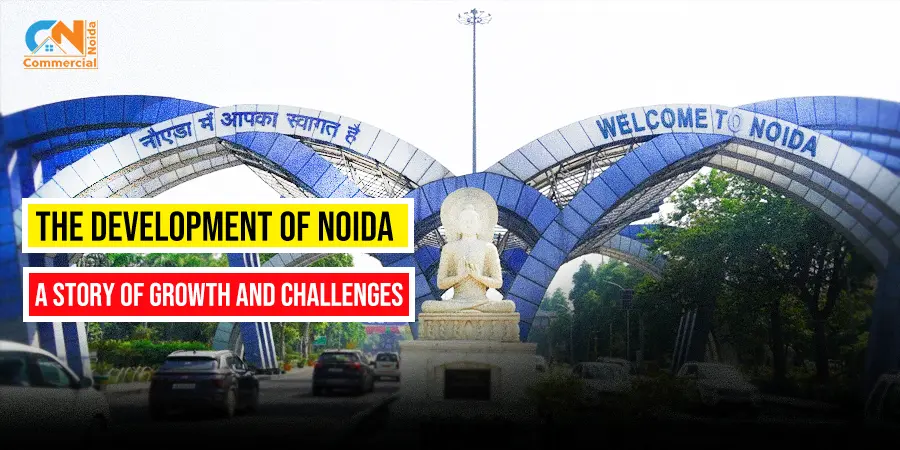

























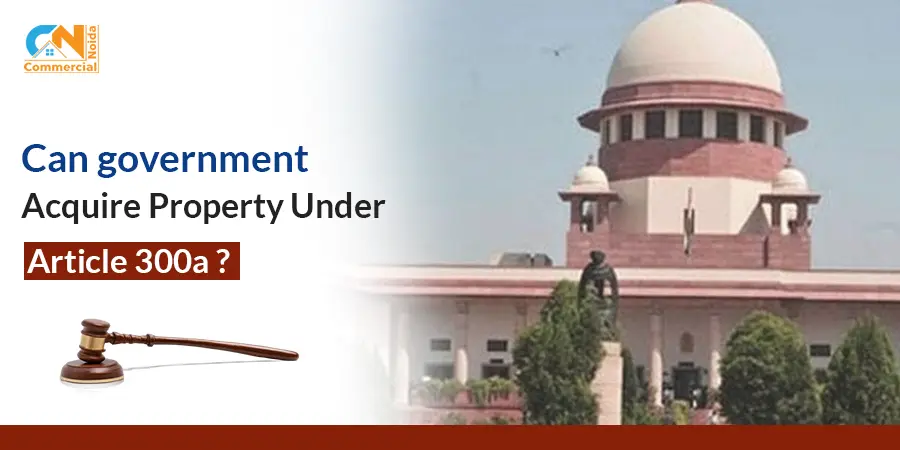








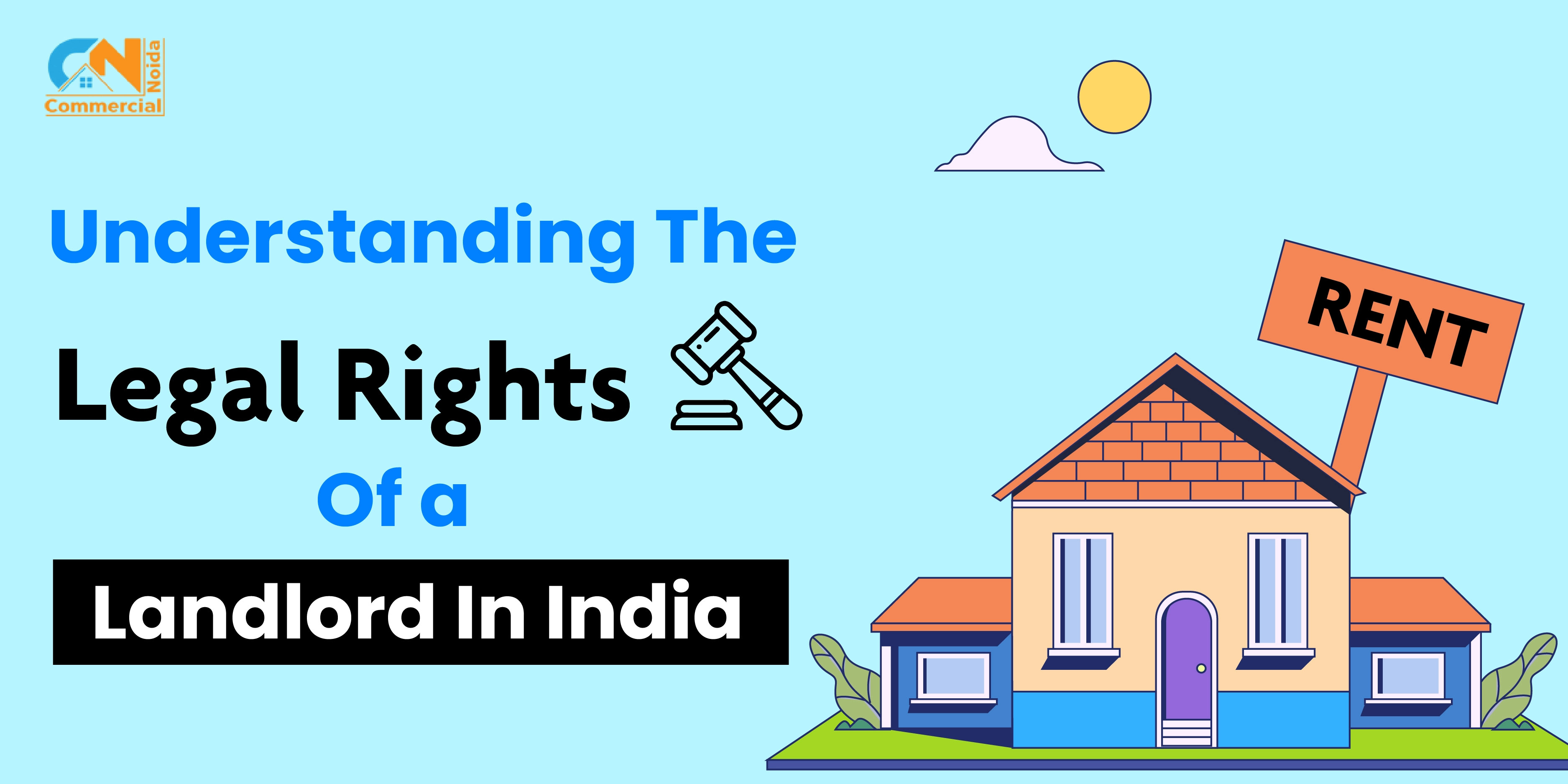























.webp)

































































































.webp)





















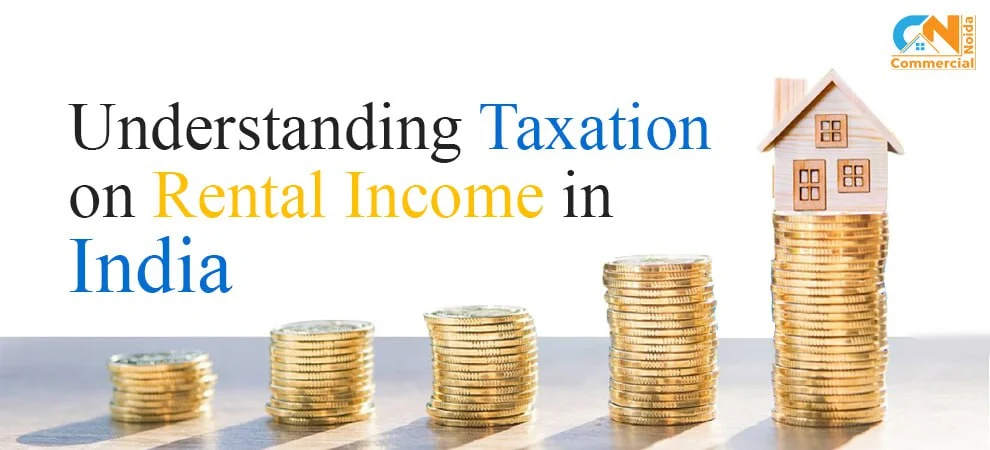






























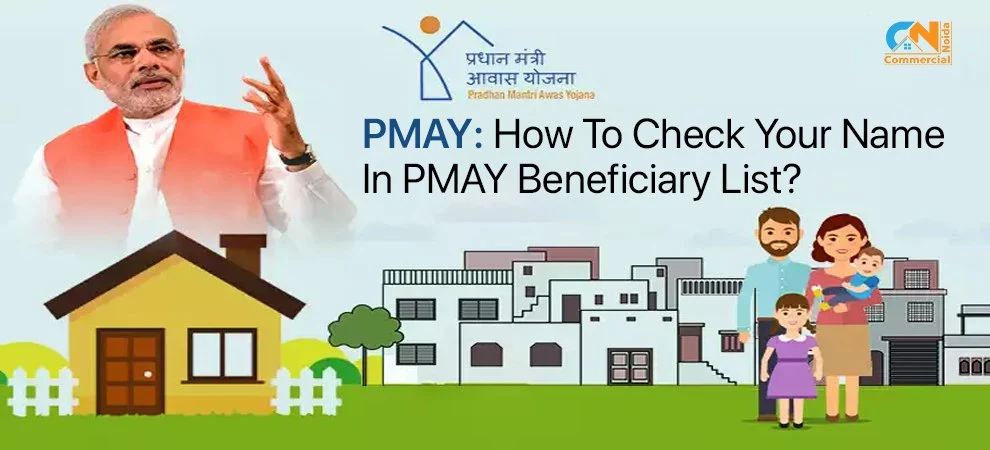



























.webp)

























































































